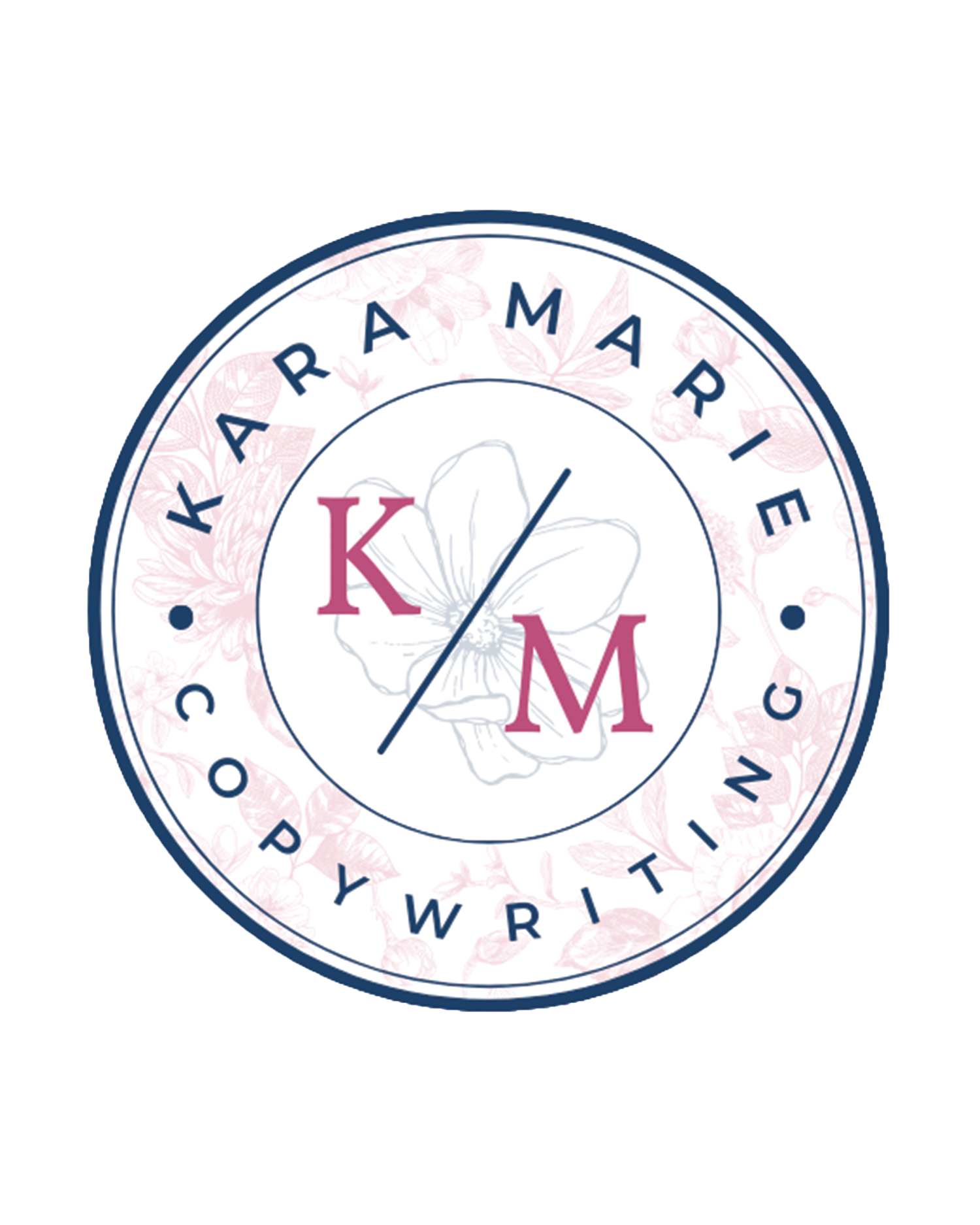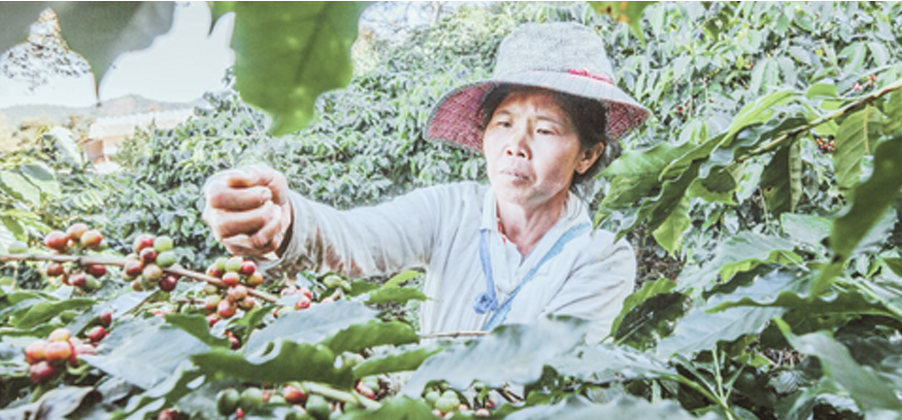The Path of Destruction: Caused By Commercial Farming
Fairtrade Solutions Series
I have a secret.
Climate action isn’t reserved for tree-huggers, compost enthusiasts, or folks who knit their own socks out of hemp. It’s for people like you. People who care deeply about their family, their community, their health—and the future of this planet we all call home.
Like you, I want to see the Earth thrive. But here’s the hard truth: we now live in a world where people aren’t just fleeing war or poverty. They’re fleeing drought. Starvation. Unlivable conditions brought on by climate change. These are climate refugees. Entire families forced to leave their homes because their crops no longer grow, their land has dried up, or they no longer have access to clean water.
You don’t hear that every day on the news. But it’s real.
And whether or not we mean to, we’ve all played a role in it.
The Cost of Convenience
Pollution. Global warming. Resource depletion. We know these are problems—but too often we treat them as someone else’s responsibility. One of the largest contributors? Commercial agriculture.
Modern industrial farming practices are a major source of methane and nitrous oxide emissions—greenhouse gases that accelerate climate change (EPA). From gas-guzzling machinery to fertilizer runoff, conventional agriculture takes a heavy toll on the environment.
But that’s not all.
Behind many of the products on grocery store shelves are animals suffering under inhumane conditions. Picture hens packed so tightly in cages they can’t spread their wings, or pregnant pigs trapped in crates so small they can’t turn around. These animals often endure painful procedures—like tail docking, dehorning, or castration—without anesthesia (Animal Welfare Institute).
It’s hard to write that. It’s harder to see the images. But it’s the truth. And more people need to know.
Because here’s what unethical corporations are counting on: our silence. Our willingness to look away. Our desire for convenience over conscience.
It Doesn’t Have to Be This Way
Fairtrade is changing the story.
You’ve probably seen the Fairtrade seal on your bag of coffee or chocolate bar. But maybe you didn’t realize just how much it represents.
Fairtrade is more than a feel-good label—it’s a movement that sets strict, independently verified standards for how products are grown, sourced, and sold. It protects the environment. It promotes animal welfare. It empowers small farmers and workers to take control of their futures (Fair World Project).
Fairtrade isn’t a free-for-all. Despite some misconceptions, companies can’t just slap a label on a product and call it ethical. Fairtrade International sets rigorous criteria that must be met by both producers and suppliers (Fairtrade.net).
These standards are developed in consultation with farmers, workers, industry experts, and Fairtrade organizations around the world (Fairtrade UK). They’re designed not only to protect the planet—but also to make farming sustainable, safe, and humane.
Why It Matters Now More Than Ever
In the U.S., we rely on small businesses and farms to keep our communities fed. Globally, 80% of the world’s food comes from 500 million small-scale farms (Fairtrade America). These are the people most vulnerable to climate change—and the ones most in need of support.
Through Fairtrade, farmers get more than just fair wages. They gain a voice. A say in how their communities are run. A chance to influence global decisions about the food they grow and the land they steward (Fairtrade Global Impact).
There are two key tools that make this possible:
The Fairtrade Minimum Price is a safety net that ensures farmers can still survive if market prices fall too low. It's based on the true cost of sustainable production.
The Fairtrade Premium is an additional sum of money that communities can invest as they see fit—whether it’s building a school, improving irrigation, or developing health clinics.
Both systems are independently audited. Nothing gets a free pass.
But Isn’t It Expensive?
That’s one of the biggest myths.
Fairtrade products are priced competitively with similar non-certified items. Sustainable doesn’t have to mean unaffordable (Fairtrade Campaigns FAQ).
And you don’t need to overhaul your entire lifestyle. Start small. Try a Fairtrade-certified coffee brand. Not sure where to begin? Pick up a reusable K-cup and fill it with your favorite sustainable roast. Takes minutes. Makes a difference.
More than 1.6 billion cups of coffee are consumed every day. Over 125 million people worldwide depend on coffee for their livelihood—but many can’t make a decent living (Fairtrade.net).
So next time you order that caramel macchiato or make your morning brew, think of Luis, a Colombian coffee farmer whose cooperative is supported by the Fairtrade system. With the price protections and premiums in place, Luis can provide for his family and reinvest in his land, even when the market dips.
Who Is Fairtrade For?
Fairtrade is for everyone.
The eco-conscious shopper trying to reduce their footprint.
The business owner seeking more ethical practices.
The parent who cares about what’s on their child’s plate.
The farmer looking to transform the way they work.
The consumer tired of supporting broken systems.
You don’t need to be perfect. You just need to care.
Every time we choose Fairtrade, we say yes—to dignity, to transparency, to a more just food system.
You and I, we’re part of something bigger. We’re dreamers, doers, and changemakers. We believe the Earth deserves better. And we’re willing to act.
Be the Hope
There are a lot of stigmas around living green. It’s easy to feel judged or overwhelmed. But living sustainably isn’t about shame—it’s about love. For your neighbors. For animals. For the planet.
So be the hope. Recycle your cup. Pick up the trash. Support fair wages. Choose ethical brands. Let your small actions create a ripple.
We don’t have time to wait.
Go green. Go bold. Choose Fairtrade.





